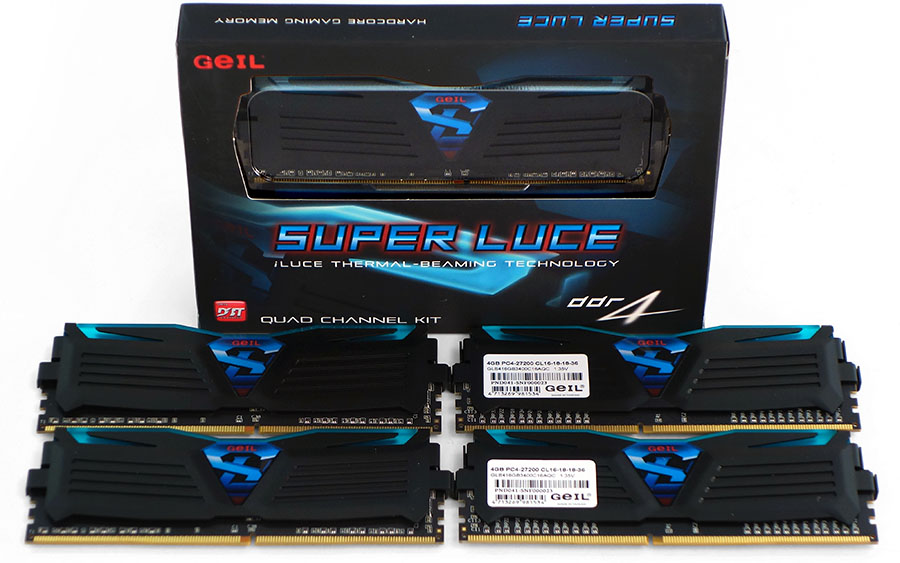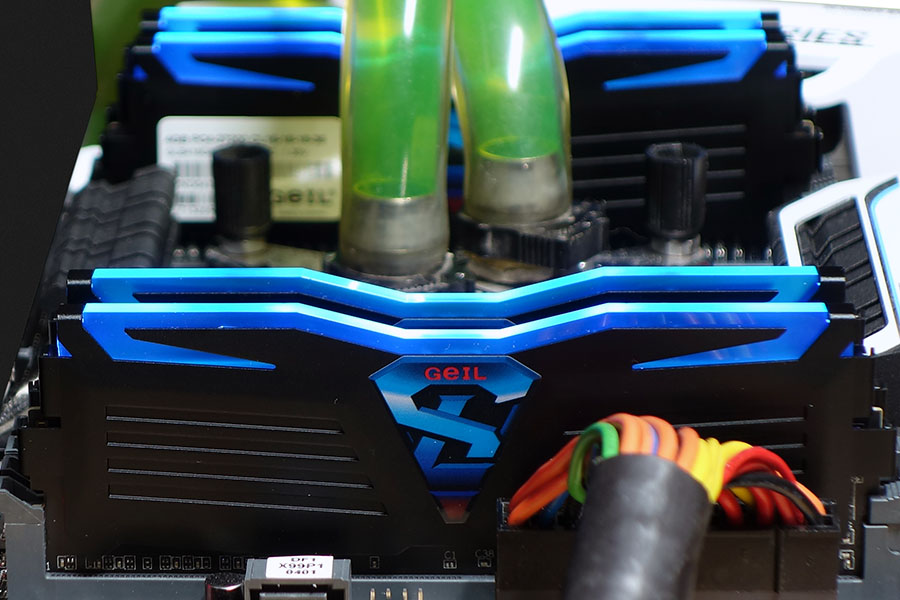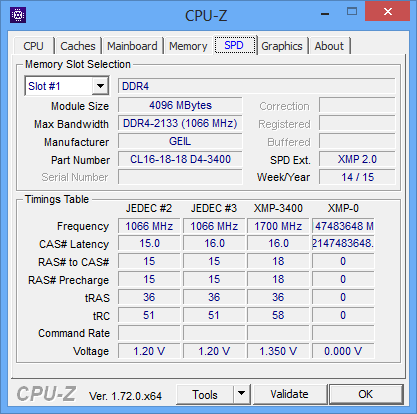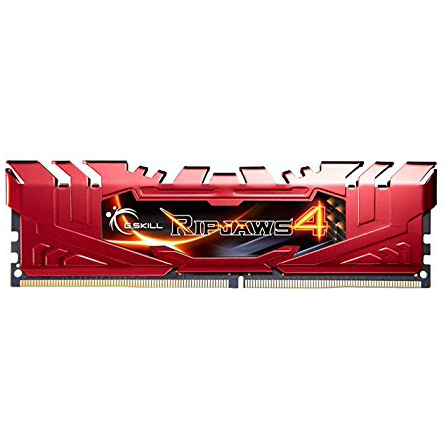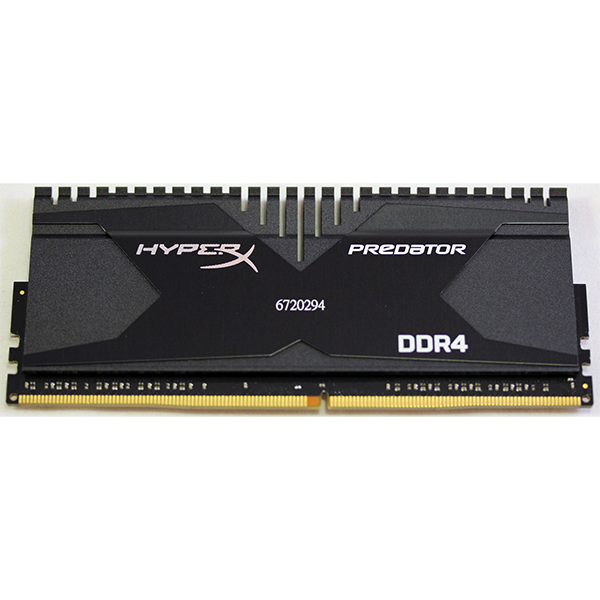Early Verdict
Geil’s Super Luce DDR4-3400 is a flashy and overclockable alternative to traditional DDR4-3000, even if it never reaches its rated data rate. We can only recommend it as a toy for tuning fanatics.
Pros
- +
Lighted heat spreaders indicate thermal condition while adding flash to Geil’s Super Luce DDR4-3400.
Cons
- -
We faced extreme difficulties getting Geil’s Super Luce DDR4-3400 to run at its rated settings, and never achieved complete stability at those settings.
Why you can trust Tom's Hardware
Introduction
Golden Emperor International Limited has been producing high-quality modules from custom-sorted DRAM ICs for as long as Tom’s Hardware has been writing reviews. The company hasn't received as much exposure over the last two years, though. Maybe it was waiting for the next big thing, or maybe some of its competitors were getting dibs on the best chips. Regardless of the reason, we were certainly happy when one of Geil's reps told us that it was ready for a triumphant return.
Yes, we did say triumphant. We really can’t think of anything that makes a bigger statement than supplying the fastest memory we’ve ever seen, in the latest format, at better-than-competitive timings and a middle-of-the-road price. We’re talking DDR4-3400 CAS 16, folks, at $320 for a complete set, with lighting added just to help boost sales with enthusiasts who put looks ahead of performance. The lights even begin to flash slowly as the memory warms, with a peak rate of 200 flashes per minute at 55 °C. With an empty slot between each module, we never got these warm enough to exceed the baseline 13 flashes per minute.
A few readers have complained about high CAS ratings on DDR4, but we think the most vocal critics might have forgotten their fractions. Because that “big number” is measured in cycles, and because cycles at twice the frequency take half the time, DDR4-3400 CAS 16-18-18-36 has the same latency in nanoseconds as DDR3-1700 CAS 8-9-9-18. At least that’s the theory. In practice, variables like advanced timings and memory controller latency can have a big effect on the overall performance picture.
While we’d love to see quickness increase noticeably with bandwidth, we realized long ago that we’ve been stuck around 10ns since DDR-400 and have been fighting for 7ns ever since. At least the overall timings for these modules beat our old DDR3-1600 C9 reference settings.
That is to say, Geil’s DDR4-3400 timings are moderately tight in spite of the product name. The only things fishy here are that the company specifies this data rate for two motherboards and that DDR4-3400 isn’t a workable data rate for a 100MHz base clock. We’ll look into both concerns as we compare three of its rivals.
Get Tom's Hardware's best news and in-depth reviews, straight to your inbox.
